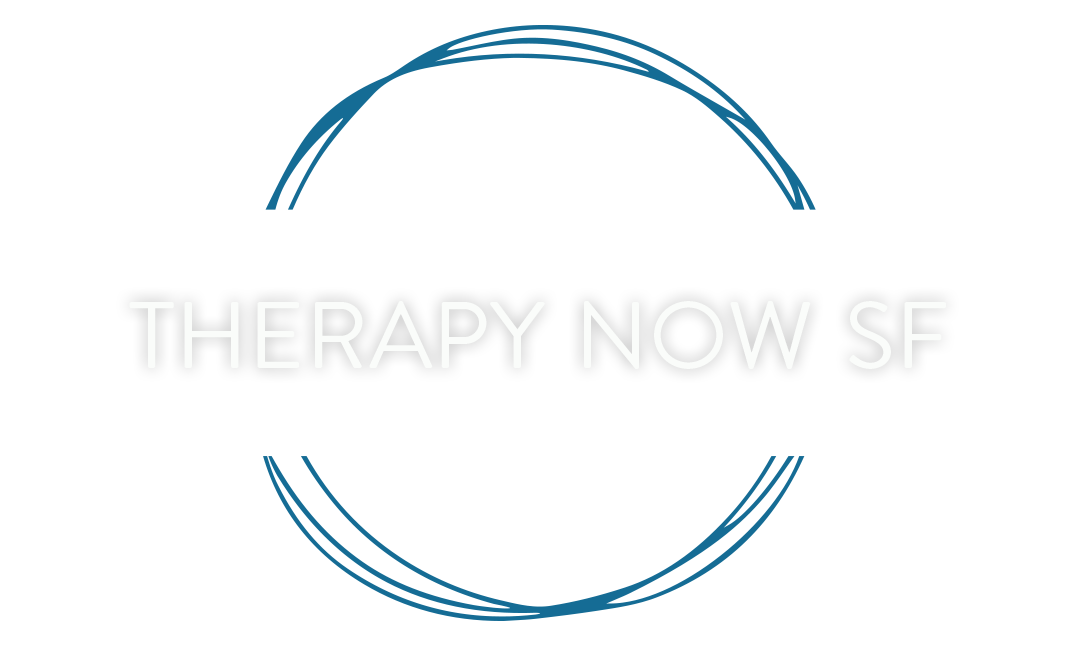Harnessing the Power of Positive Reinforcement in CBT
By Dr. Andrea Zorbas
Cognitive Behavioral Therapy (CBT) is a dynamic approach to mental health treatment that focuses on changing problematic thoughts, feelings, and behaviors. A fundamental concept utilized in this approach is positive reinforcement, a principle that encourages behavior change by rewarding desired behaviors.
Understanding Positive Reinforcement
In the field of psychology and CBT, positive reinforcement is defined as the addition of a rewarding stimulus following a desired behavior, which increases the likelihood of the behavior recurring. The principle behind this concept stems from operant conditioning, a theory of learning that suggests behavior is learned and modified by its consequences.
“...therapists use positive reinforcement to encourage behavior change.”
Positive reinforcement works by associating a positive outcome with a specific behavior. When an action consistently results in a rewarding outcome, individuals are likely to repeat the behavior. This method can be instrumental in replacing negative or harmful behaviors with healthier alternatives.
Positive Reinforcement in CBT
In CBT, therapists use positive reinforcement to encourage behavior change. This technique can be applied to a wide range of behaviors. For instance, for clients working on social anxiety, a therapist might reinforce behaviors that involve engaging in social interactions, such as attending social events or initiating conversations.
The role of the therapist in positive reinforcement is critical. They identify which behaviors need reinforcement, determine suitable and meaningful rewards, and ensure the reinforcement is timely and consistent. This requires careful observation, clear communication, and collaboration with the client to understand their preferences and motivations.
The Benefits of Positive Reinforcement in CBT
Positive reinforcement offers numerous benefits in the therapeutic context. It fosters motivation for change, as rewarding outcomes make behavior change more appealing. By recognizing and rewarding progress, even if small, it can also improve self-esteem and self-efficacy.
Research supports the effectiveness of positive reinforcement in CBT. Studies have found that incorporating positive reinforcement can lead to lasting behavior change and improved treatment outcomes, making it a powerful tool in the therapist's toolkit.
Positive Reinforcement in Everyday Life
Beyond the therapy room, clients can apply positive reinforcement in their daily lives to continue their progress. Here are some practical ways to implement it:
Self-reward: Clients can reward themselves for accomplishing a task they've been avoiding, such as completing a challenging work project or going for a health check-up. The reward could be a favorite treat, an episode of a loved show, or a relaxing bath.
Positive self-talk: Following a desired behavior, clients can use positive self-talk as a form of reinforcement. For example, after a successful social interaction, they might tell themselves, "I did really well in that conversation. I'm proud of myself."
Social reinforcement: Loved ones can play a role in reinforcing positive behaviors. For instance, family members can express appreciation when a client practices a newly learned communication skill, reinforcing its use in future interactions.
Conclusion
Positive reinforcement is a powerful tool in CBT, playing a pivotal role in fostering behavior change. By linking desired behaviors with rewarding outcomes, it enhances motivation, boosts self-esteem, and facilitates progress in therapy.
If you're on a therapeutic journey, consider how positive reinforcement can enhance your progress. Remember, every step forward, no matter how small, is worth celebrating. Harness the power of positive reinforcement, and let it guide your path towards positive change.
